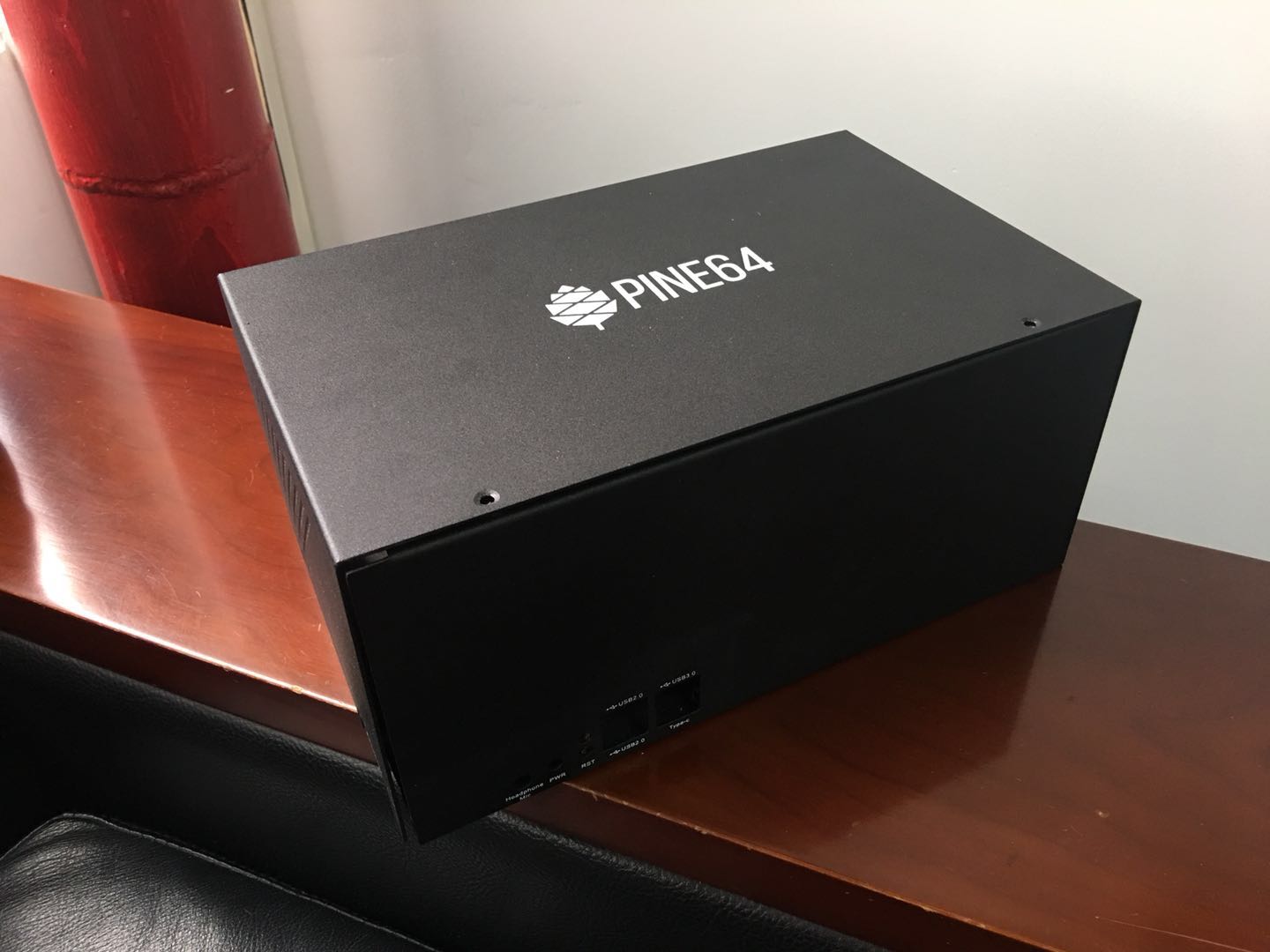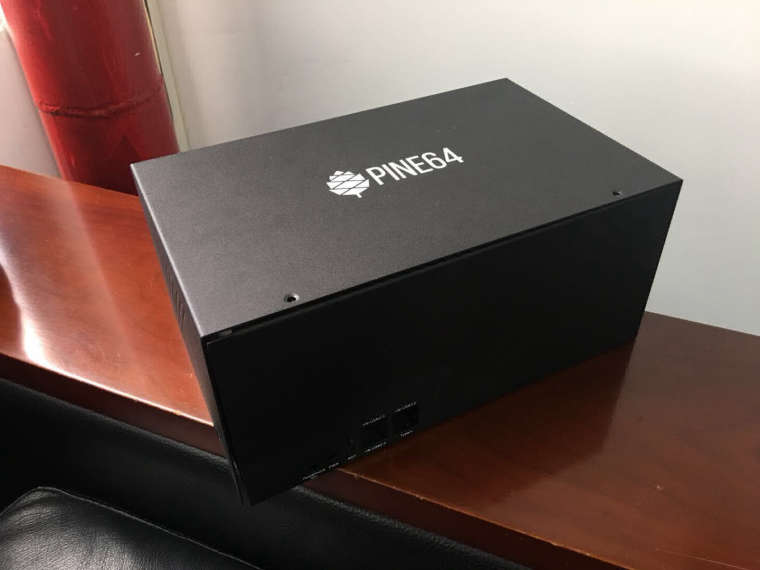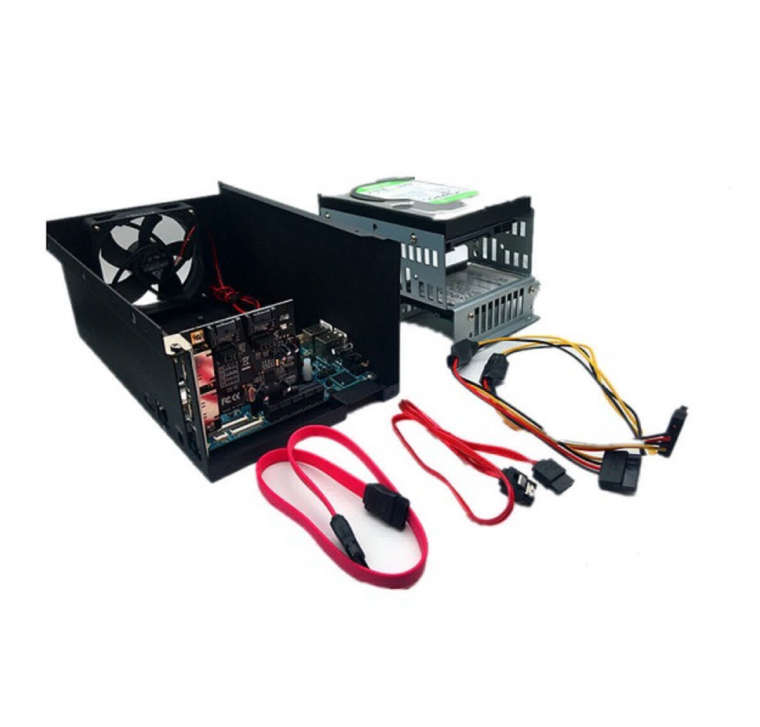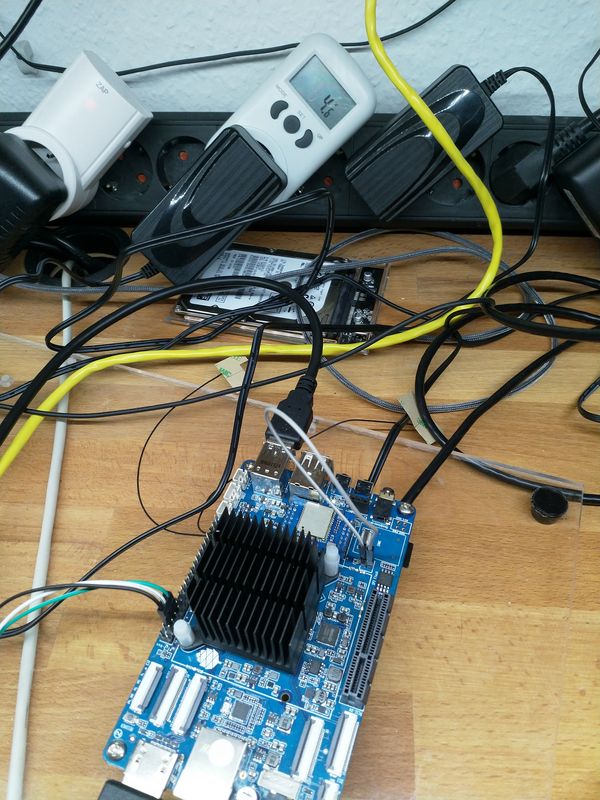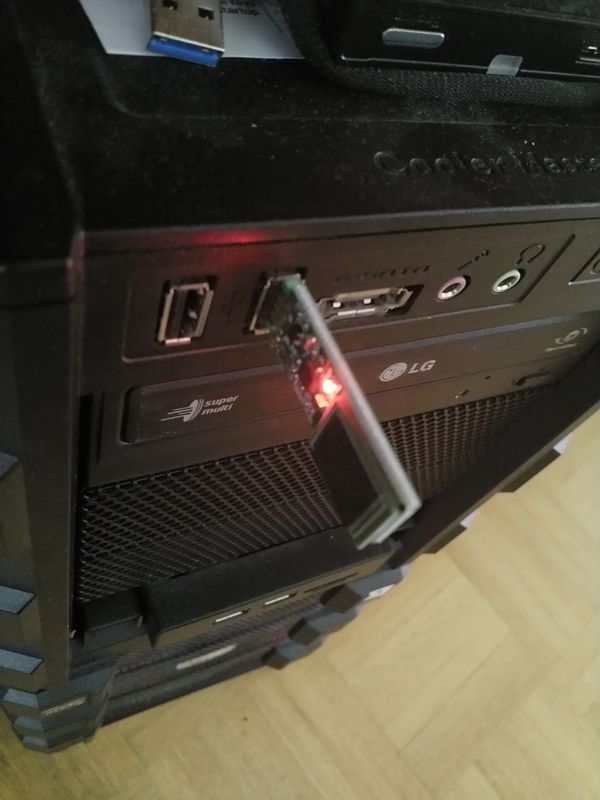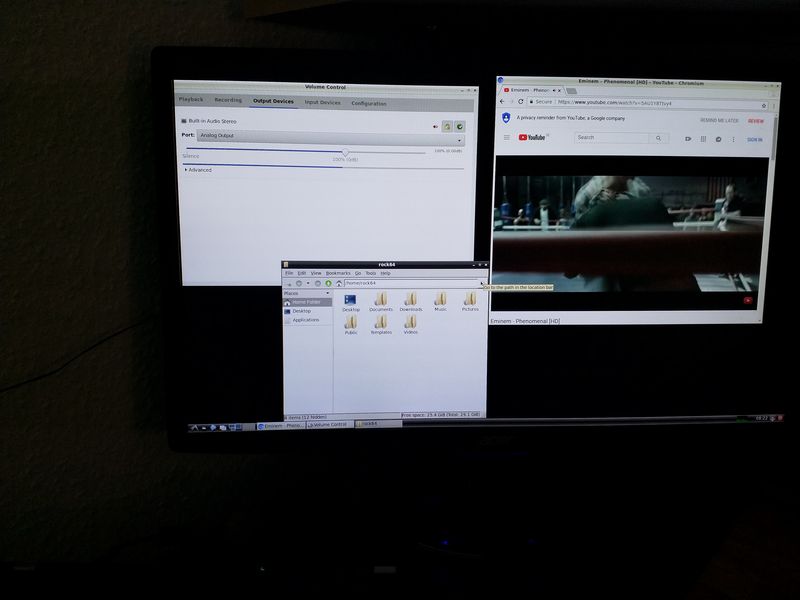NAS/Server/Desktop Gehäuse
Hardware
6
Beiträge
1
Kommentatoren
2.5k
Aufrufe
-
-
Der Preis für das Gehäuse beträgt 44,99$
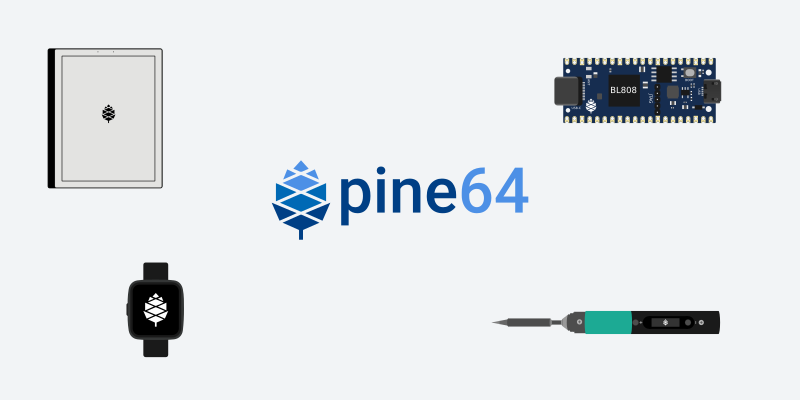
PINE64 Community
PINE64 is a large, vibrant and diverse community and creates software, documentation and projects. Founded in 2015, it is known for affordable devices that promote user freedom.

PINE64 (www.pine64.org)
-
Paar Bilder von rookieone.
-
ROCKPro64 - Kernel switchen
Verschoben ROCKPro64 -
-
-
-
-
Mainline Kernel 4.20.x
Verschoben Images -
ROCKPro64 Übersicht - was geht? **veraltet**
Angeheftet Verschoben Archiv -
stretch-openmediavault-rockpro64
Verschoben Linux
